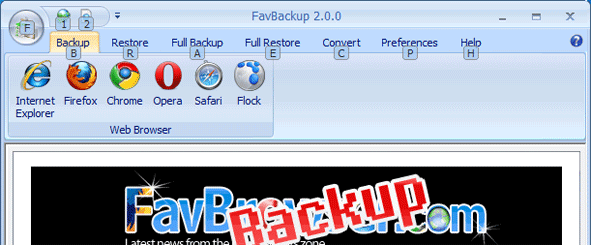- Desktop Window Manager (dwm.exe) is the compositing window manager that gives you all those pretty effects in Windows 7 : Transparent windows, live taskbar thumbnails (that you can resize now), responsible to display glossy and transparent graphics effects as 3D elements, live window thumbnail preview, aero glass preview and controls themes and icons.
- Although in Windows 7 or Vista, 3D and transparency effects make the look nice and also differentiate this Windows OS than the previous versions of Windows OS's but the drawback of this feature is that it requires more memory space and high cpu utilization.
- The genuine dwm.exe resides in C:\Windows\System32. (the drive may vary on your system).The dwm.exe is a core Windows system file and its deletion is not recommended.
DIGG DEEP dwm.exe
- What happens in Vista/7 is that applications write the picture of their window to a specific place in memory, and then Windows creates one “composite” view of all the windows on the screen before sending it to your monitor.
- Because Vista/7 is keeping track of the contents of each window, it can add effects when layering the windows such as the transparency we’re all used to, as well as the live preview thumbnails.
- The benefit to using this approach is that Windows Vista can utilize the hardware acceleration features in your video card to create very smooth animations for minimizing and restoring, and even for the transparent effects.
CHECK MEMORY USAGE OF dwm.exe
- Open TASK MANAGER & in "Processes tab" look for "dwm.exe". In the Red Mark check out how much memory is DWM taking.
- The size of the DWM process is controlled by the number of windows that you have open, since each window requires a buffer in memory to store the contents of the window.
- If you have a large number of very large windows open, DWM will use more memory.
HOW TO TURN DOWN dwm.exe
- It's Recommended not to turn down this process.
- Open RUN & Type "services.msc". Look for "Desktop Windows Manager Session Manager".
- In Left Panel, See "Stop Service". Click it & Stop.
- To Stop this service Permanently, Double click on DWM, In "General", Search for "Startup Type". Click it & disable it Permanently.
If you want to use the command line instead, you can open an administrator mode command prompt and use one of these commands :
| Stop Service | net stop uxsms |
| Start Service | net start uxsms |
| Disable Service | sc config uxsms start= disabled |
| Enable Service | sc config uxsms start= auto |




























